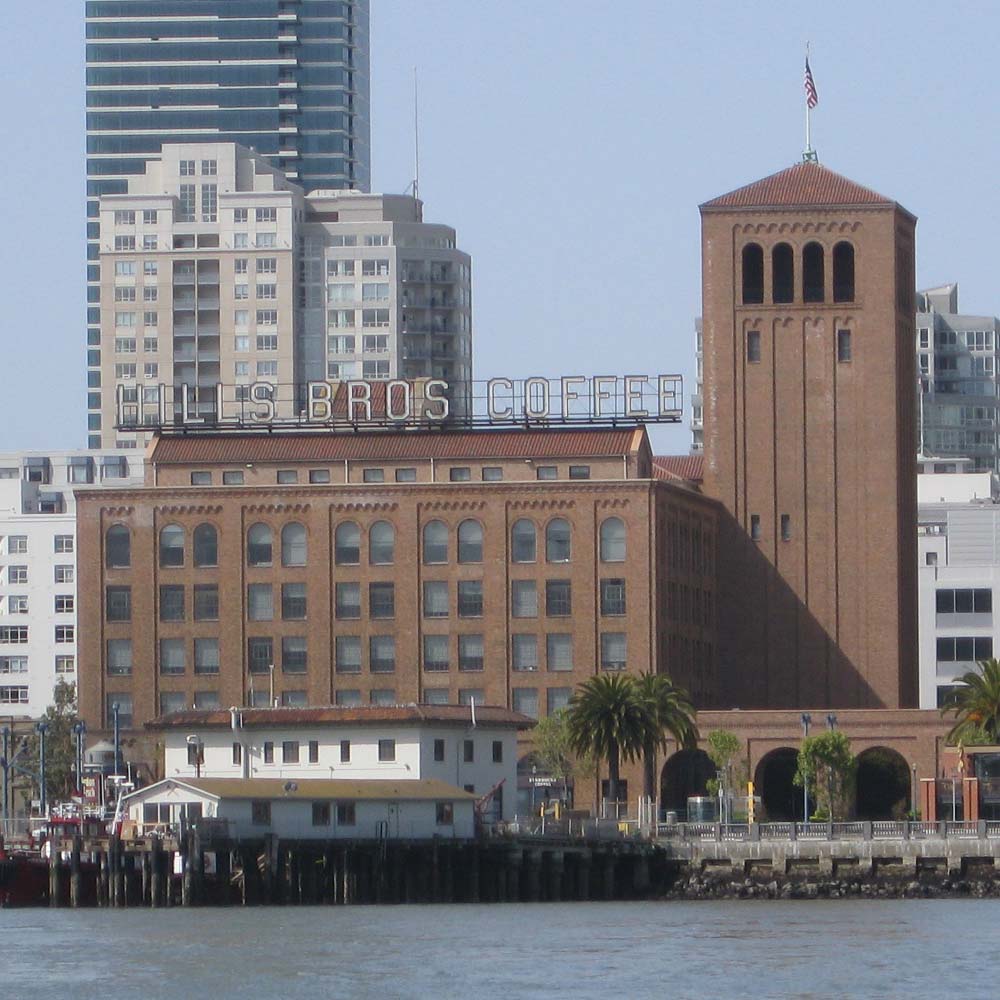The ‘hows’ and ‘whys’ of each initial decision to partner with Infralinc differs across properties, but all gravitate toward a common appreciation for a very strong list of benefits. While Hills Plaza initially sought a cost effective infrastructure installation, one of the greatest ancillary benefits was adding Wi-Fi as a tenant amenity.
A quick review of the following case study will hopefully trigger a realization that your own benefits may be greater than the need that drove you to explore an integrated digital systems backbone in the first place. After seeing what some of our clients have experienced, please contact us for a custom review of your property needs.
Hills Plaza / Jones Lang LaSalle

Hills Plaza, 345 Spear Street / San Francisco, CA
Client: Jones Lang LaSalle
LEED: Gold Certification achieved in 2008
Scope: Infralinc Smart Riser installation
- $12,050 Net Savings upon installation
- $1,600 +/- monthly savings in internet connectivity costs
- $30,000 - $40,000 annual savings estimated in subsequent system installations and upgrades
- System vendor calls reduced 20%
- Network and remote access uptime increased to 99.985%
- Additional backups provided to critical systems
- Critical humidity monitors and moisture sensors added to system
- Edge Security increased; access to building systems network controlled; remote vendor access secured
Hills Plaza is a national landmark, built in 1925 to serve as the home office and roasting plant for Hills Brothers Coffee, Inc. The property, which now occupies an entire city block in San Francisco’s Embarcadero waterfront, was renovated in 1989 and was expanded in 1990 with the addition of a 19-story tower, creating an expansive campus environment containing over 900,000 sq. ft. of class A office, retail, and residential space.
The technical challenges included extreme distances across the large campus and up two multi-story towers, creating high infrastructure installation costs. Additionally, the MPOE is located below sea level, resulting in high humidity and the risk of flooding. This placed high priority on redundant path Internet to address potential failures of terrestrial connections. Critical requirements included maximum uptime for demand/response; remote access; and consistent power management.
The primary tenant also desired access to zones of common area lighting for energy efficiency and required seamless access to the perimeter security system to accommodate identification badge access for employees, vendors, and short term visitors.
Another vendor’s estimated costs for a wireless system exceeded budget, putting the tenant amenity aspect of the project at risk. The competitive vendor’s final version of the project greatly exceeded the original budget, forcing a reevaluation of solutions.
Infralinc was brought to the property to help with a distributed fiber installation, delivering Wi-Fi for the building and as a tenant amenity. Included in the Wi-Fi project was a new light control system, utilizing the system to control individual light fixtures.
Installation costs were reduced with the introduction of an Infralinc Smart Riser system. To cope with high humidity in the lower levels, humidity monitors and moisture sensors were incorporated. Copper and POE connections were provided as all new Ethernet runs and inefficient media convertors were removed, reducing building cost and power consumption.
To streamline management, reduce costs, and increase security, existing building vendors were converted to a common building firewall with redundant Internet connections. Billed ISP connections were reduced from 12 to 2, reducing overall Internet connectivity costs from $2,150 per month to under $550 per month. While POE moisture sensors needed to be added to the system, Infralinc was able to remove unnecessary network devices, thereby keeping total device count the same, yet reducing overall power usage.
An added benefit of the project was monitoring of devices, infrastructure, and utilization. Uptime monitoring and external access security also enhanced the environment.
Vendor calls were reduced by 20% while network and uptime for networks and remote access increased to 99.985%, averaging less than 7 minutes of unexpected downtime per month.
